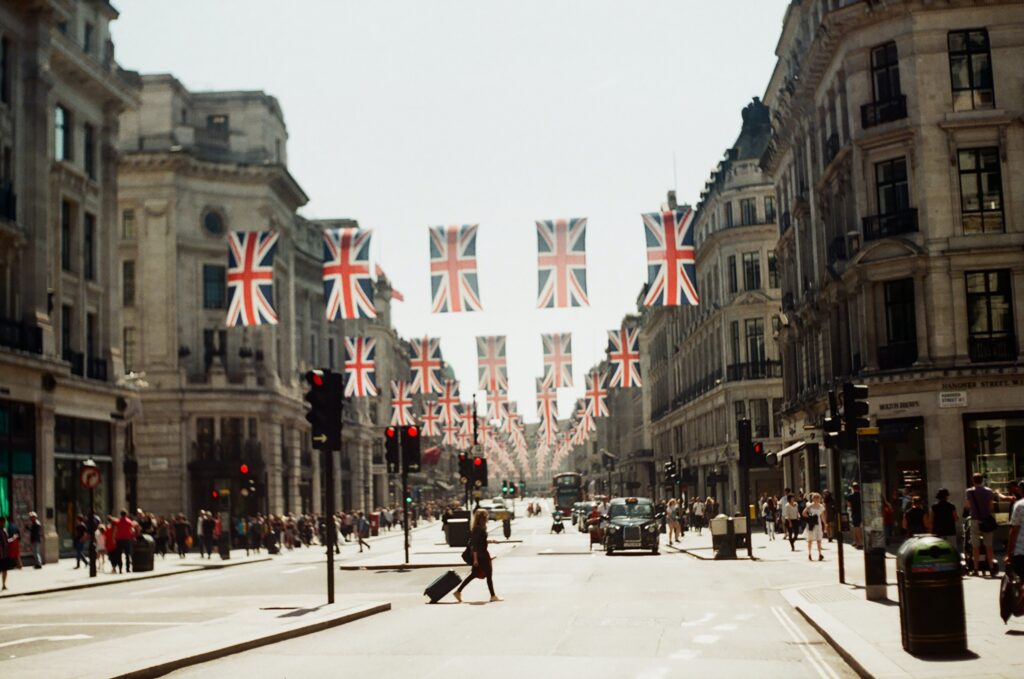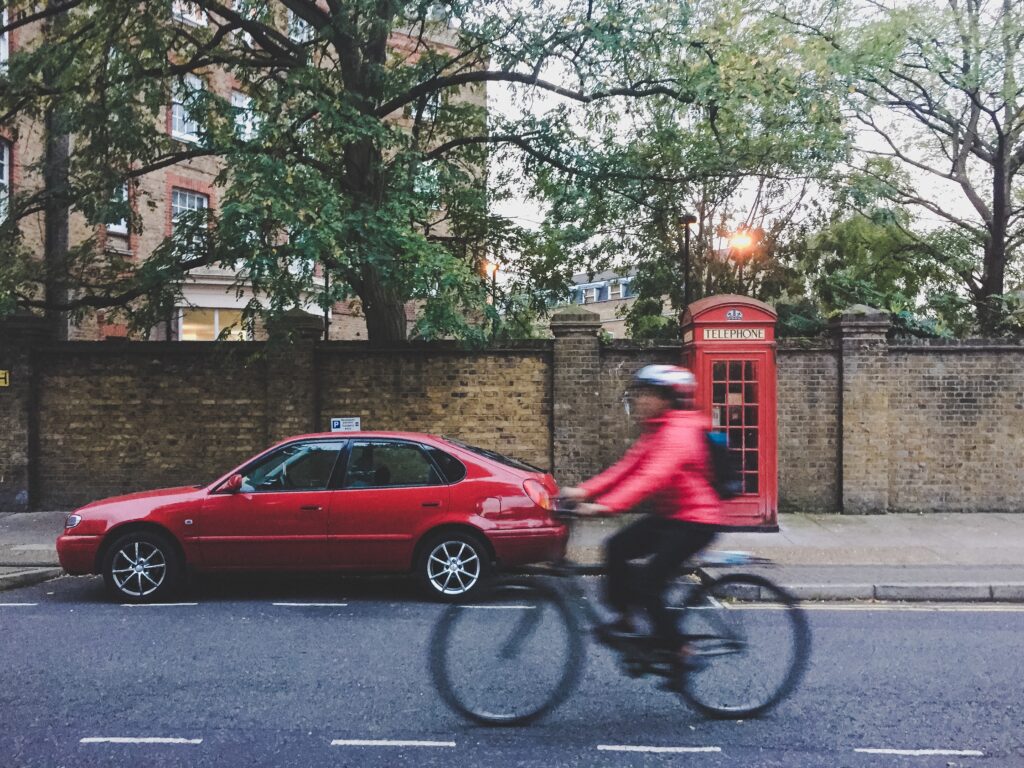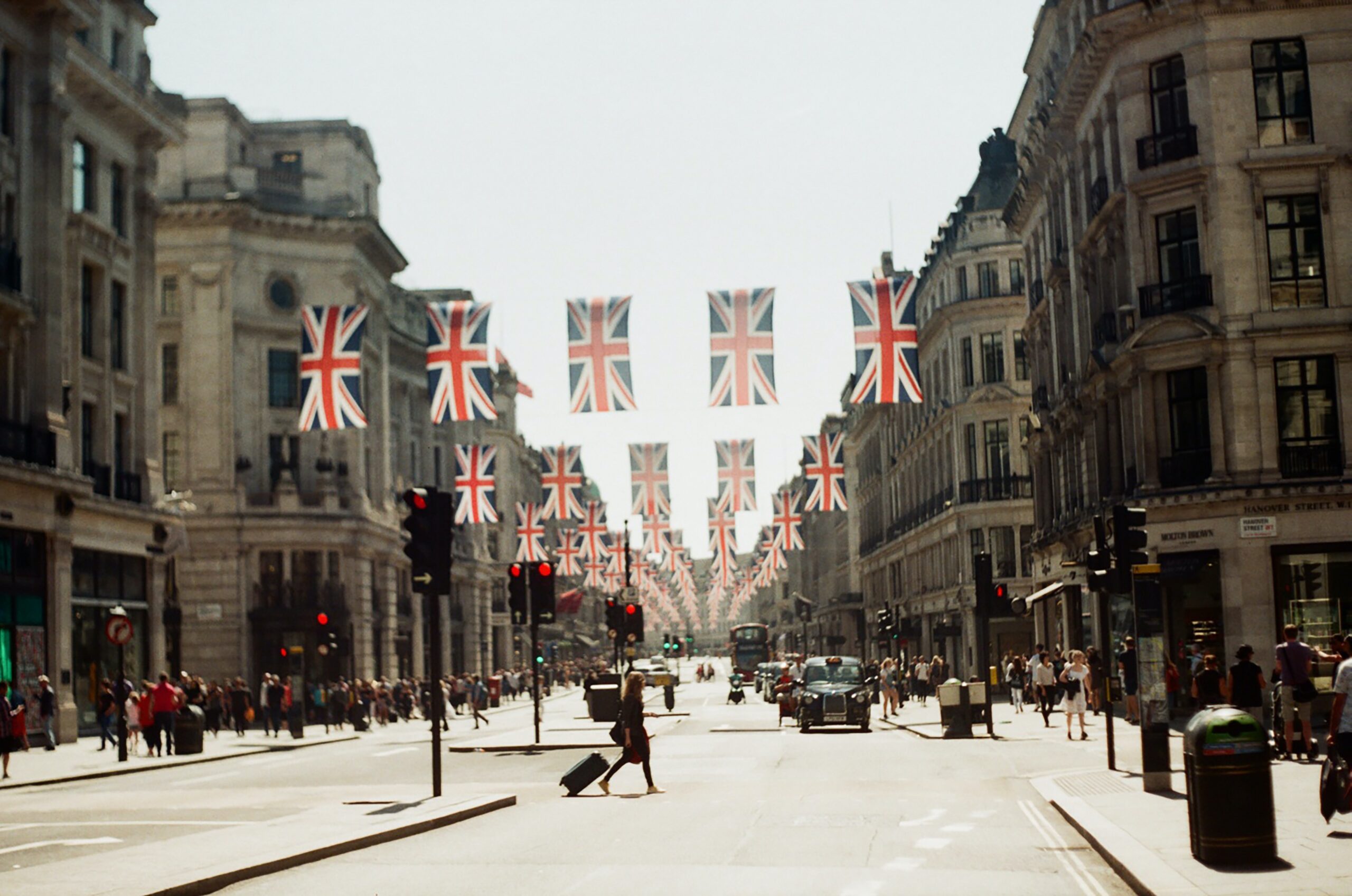Napoleon once described the UK as a “nation of shopkeepers”. While intended as an insult, Brits are pretty happy with that depiction as we are, indeed, a country of ingenious and creative entrepreneurs that are always looking for new ways to serve our customers better.
No more so is that spirit visible than in the retail space, where a true nation of shopkeepers are constantly evolving their offering to face the challenges and opportunities that face them.

Of course, changing consumer habits have, and will continue to have, the biggest effect on retail with the internet taking business away from many city-centre shops. But the SWOT analysis of retail contains more than just the threat of ecommerce. Let’s take a look at some of the other factors.
Out-of-Town Retail
Shopping parks with oceans of car parking spaces and large retail units are not a new concept, but they continue to attract a lot of consumers. There is a long list of reasons for this, including the fact that larger stores in shopping parks mean greater choice, parking is usually cheap or free, and the fact that a trip to one of these locations is often seen as a “day out”.
Out-of-town retailers can often offer better prices to their high street rivals because rents and business rates are often lower and they can get larger economies of scale from the bigger space.
According to Deloitte, the vacancy rate in retail parks is consistently lower than in city-centre shopping centres and high streets. This also offers a better experience to shoppers, attracting more businesses, and providing higher returns for those operating there.

A Focus on Local
For much of the last century, there has been a slow but steady rationalisation of the retail space, with mergers, acquisitions, and bankruptcy all reducing the number of brands we can buy from.
But in more recent years, consumer taste has changed and this is presenting a huge opportunity for city centres.
A focus on quality and understanding the benefits of supporting local businesses has led to many people spending more of their money in independent establishments than chains. A 2021 study found that consumers were 57% more likely to buy from a business that offered locally-produced products and/or was independent, while only 7% said they preferred to spend with retailers with a “large global presence”.
The smaller units available in city centres and their location make them ideal to respond to this trend.
Special Events
Special events are a different way of attracting people to a city. They’re irregular in their scheduling, so they deliver a large surge in footfall that quickly dissipates again. Towns and cities that can put together a calendar of these that take place throughout the year can bring a continual stream of guests to their retail quarters and provide an economic boost that includes money from out of town.
Nottingham is a great example of this. The city in the East Midlands has plenty of year-round attractions, perhaps most notably the fact that it is home to Sherwood Forest. But it also has plenty of one-off events like the Save The Rave Festival, the Festival of the Horse, and the Nottingham Carnival.
The city is also home to plenty of sporting events. In July 2022, Nottingham played host to a round of the UKPIT which saw 1,039 people compete in poker games. The city is also home to Nottingham Forest Football Club which has regular fixtures throughout the season, the National Ice Centre, where the Nottingham Panthers ice hockey team play, and Nottingham Racecourse which has a programme of horse racing meetings.
Transport
Traditionally, expensive parking charges have pushed shoppers to retail parks where they can leave their car all day for free.
But with the UK government and local authorities tasked with reducing our carbon emissions, cities up and down the country are investing in new infrastructure to promote active travel and the use of public transport.
Riding a bike to the city centre is usually easier than to an out-of-town shopping park and it feeds into the local aspect of consumer preferences at the moment.
While most cities have attempted to promote sustainable transport options, the rates of success vary across the country. However, learning from success stories like Manchester will allow other local authorities to learn and improve their transport strategies.






